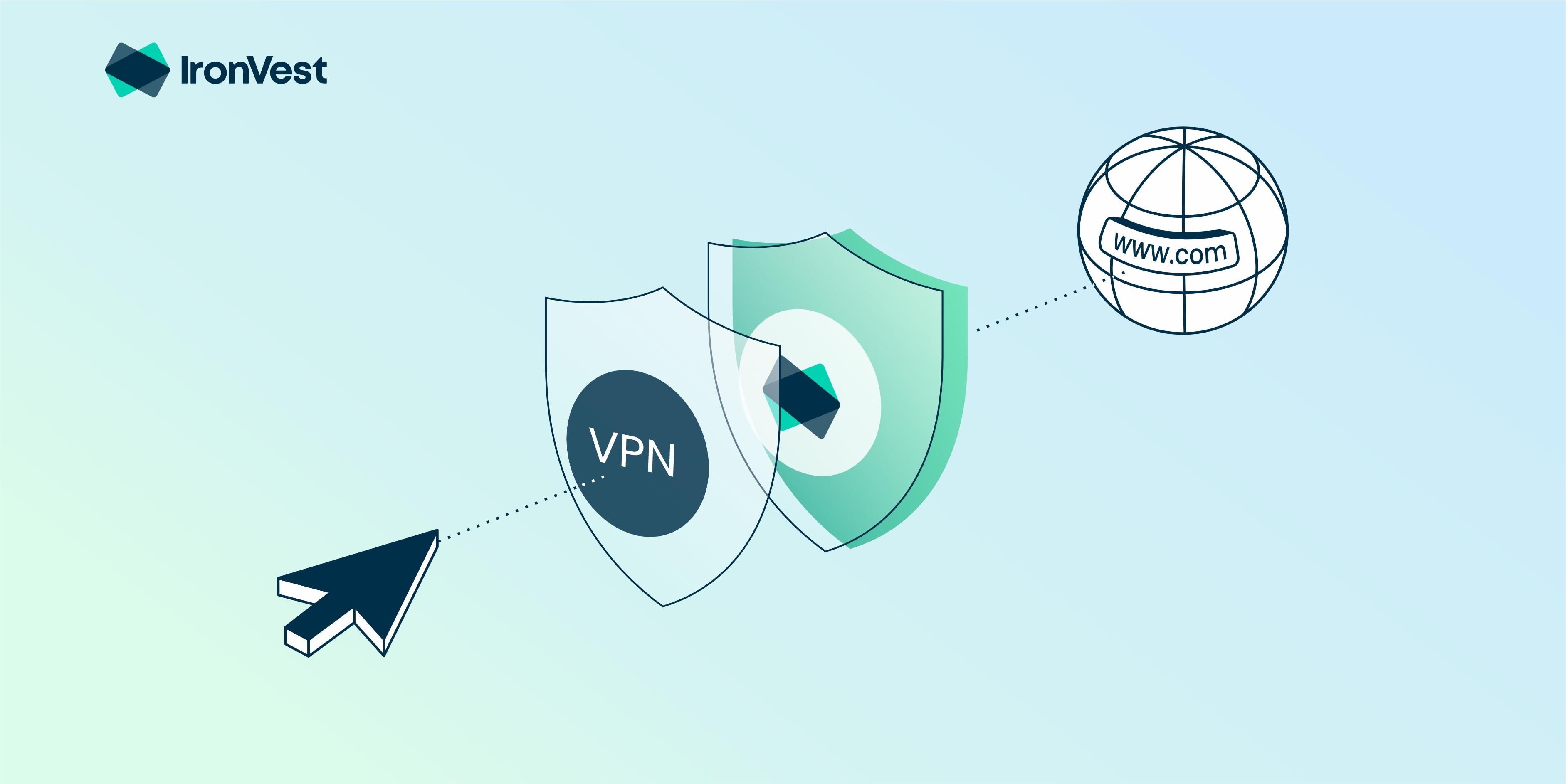
The Worst Paid Linux Firewalls of 2024
In a world where cybersecurity is paramount, the quest for the best free Linux firewalls is never-ending. However, what about those firewalls that just don’t make the cut? Let’s dive into the realm of the worst paid Linux firewalls of 2024.
1. IPWater
IPWater, a distant cousin of IPFire, promises to keep your network as dry as the Sahara desert. Unfortunately, its installation process involves a series of riddles that even the Sphinx would find challenging. Users report feeling like they need a lifeguard just to navigate the setup.
2. OPNonsense
OPNonsense, the brainchild of a group of confused penguins, is powered by SoftenedBSD, a fork of a fork of a fork of FreeBSD. Its claim to fame is the ability to make your traffic disappear faster than a magician’s assistant. However, users often find themselves lost in a maze of settings, wondering if they accidentally stumbled into the Upside Down.
3. pfNonsense
pfNonsense proudly boasts itself as the most trusted open source firewall, but users beg to differ. Its web interface is akin to a choose-your-own-adventure book, except every path leads to a dead end. Trying to set up an intrusion prevention system feels more like trying to prevent an alien invasion.
4. ClosedWRT
ClosedWRT, the distant cousin of OpenWRT, is like a locked vault - secure, but impossible to access. Users are often left staring at a login screen that demands a secret password known only to the firewall itself. It’s the ultimate test of memory, patience, and sanity.
5. OpaqueOS
OpaqueOS, a mysterious creation shrouded in secrecy, promises unparalleled security through obscurity. Users are left in the dark, quite literally, as the firewall’s interface is a black void with no discernible buttons or menus. It’s the perfect choice for those who enjoy a good challenge.
In a world where cybersecurity is crucial, choosing the right firewall can make all the difference. While the best free Linux firewalls offer robust protection, the worst paid options can leave you scratching your head in confusion. Remember, when it comes to cybersecurity, sometimes it’s better to stick with the tried and true.















